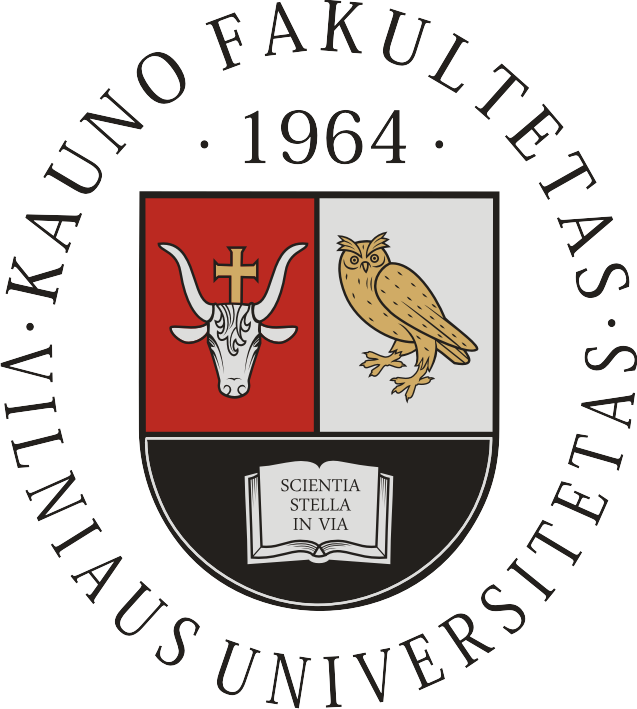Transformations in
Business & Economics
- © Vilnius University, 2002-2024
- © Brno University of Technology, 2002-2024
- © University of Latvia, 2002-2024
Article
EXPLORING THE ANTECEDENT CONFIGURATIONS AND PERFORMANCE OF INTELLIGENT TRANSFORMATION OF MANUFACTURING ENTERPRISES9
Xiang Lv, Tianshuo Ge, Yanyan Kong, Jixu Wei
ABSTRACT: The intelligent transformation of manufacturing enterprises is an important trend in the high-quality development of global manufacturing. Manufacturing intelligence is a complex and systematic transformation process, and existing studies focus on examining the net effect of individual influencing factors on intelligent transformation. However, few studies explore the multifaceted paths of intelligent transformation and the linkage effects among different elements. To identify the condition configurations of antecedents herein, the List of Intelligent Manufacturing Demonstration Enterprises published by the Ministry of Industry and Information Technology of the People’s Republic of China was matched with the database of listed manufacturing enterprises on the Shanghai and Shenzhen Stock Exchanges using adaptive structuration theory (AST). Then, data from 184 listed manufacturing enterprises, covering the years 2016 to 2018, were selected as study samples. Fuzzy-set qualitative comparative analysis (fsQCA) and ordinary least squares (OLS) were then employed to analyze different pathways for the intelligent transformation of manufacturing enterprises and to further discuss the resultant differentiated impacts on enterprise performance. Results show that, the success of the intelligent transformation of manufacturing enterprises is not driven by a single condition but the collaborative and interconnected result of the advanced information technology structure, internal resource bases, and external resource bases. There are five types of configurations driving the enterprise intelligent transformation: knowledge-absorbing progressive intelligent transformation, policy-driven adaptive intelligent transformation, executive-guided collaborative intelligent transformation, active intelligent transformation of intelligent applications, and innovation-supporting active intelligent transformation. The knowledge-absorbing progressive intelligent transformation and the innovation-supporting active intelligent transformation can significantly enhance enterprise performance. The policy-driven adaptive intelligent transformation can produce a notably negative impact on enterprise performance; and the executive-guided collaborative intelligent transformation and active intelligent transformation of intelligent applications cannot visibly affect the enterprise performance. The obtained conclusions provide reasonable suggestions on how to choose the intelligent transformation mode for manufacturing enterprises and how the government can play the leading role in this undertaking.
KEYWORDS: manufacturing enterprises, intelligent transformation, antecedent configurations, enterprise performance
JEL classification: M00, M11, M21, L60.
9Acknowledgments: This study was supported by Zhejiang Province Planning Project of Philosophy and Social Science (Grant No.21NDJC067YB), the 2024 Shaanxi Provincial Innovation Capability Support Plan (Grant No. 2024ZC-YBXM-091) & the PhD start-up fund of Xi'an University of Technology. (Grant No. 105-451123005).

